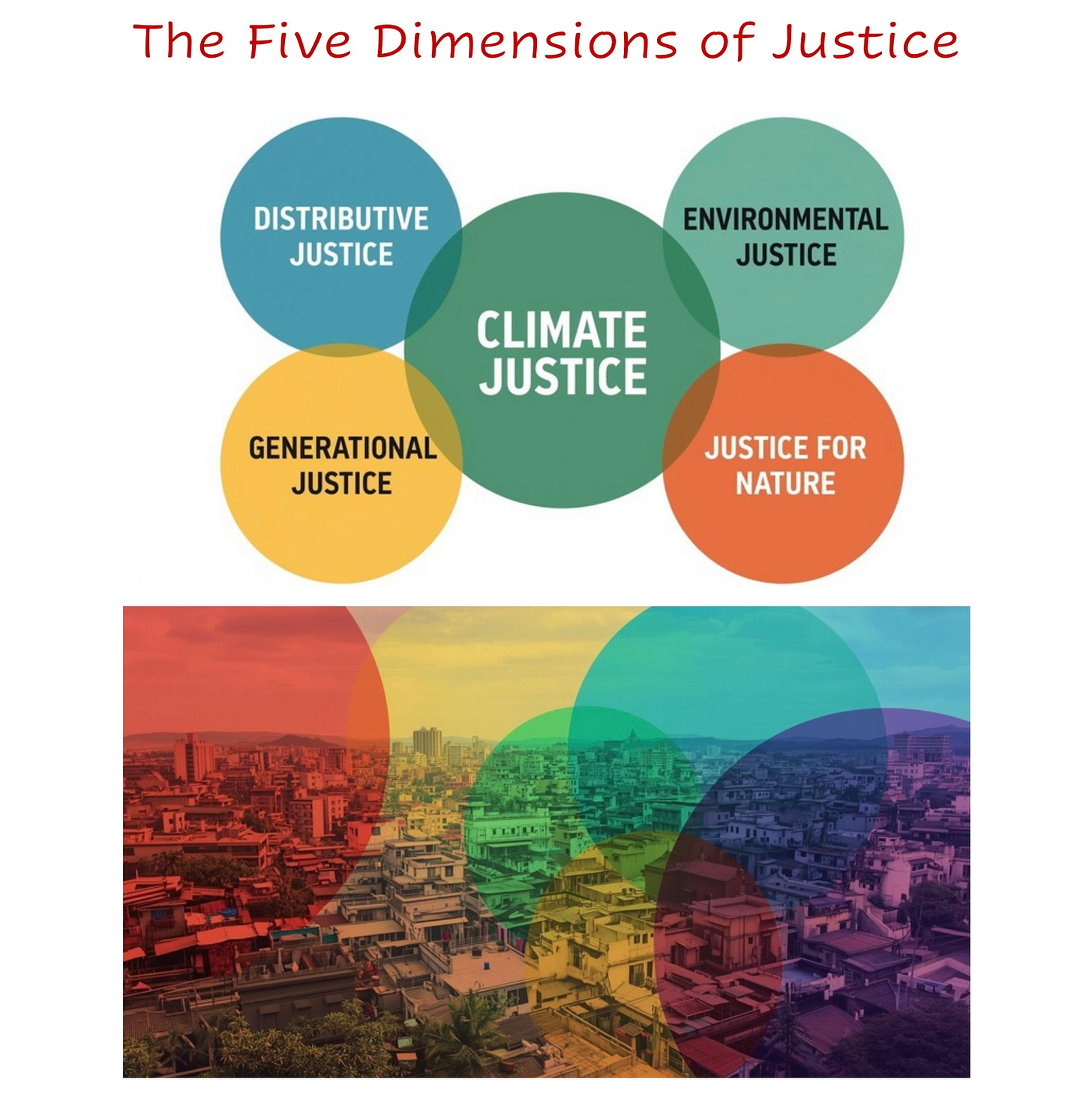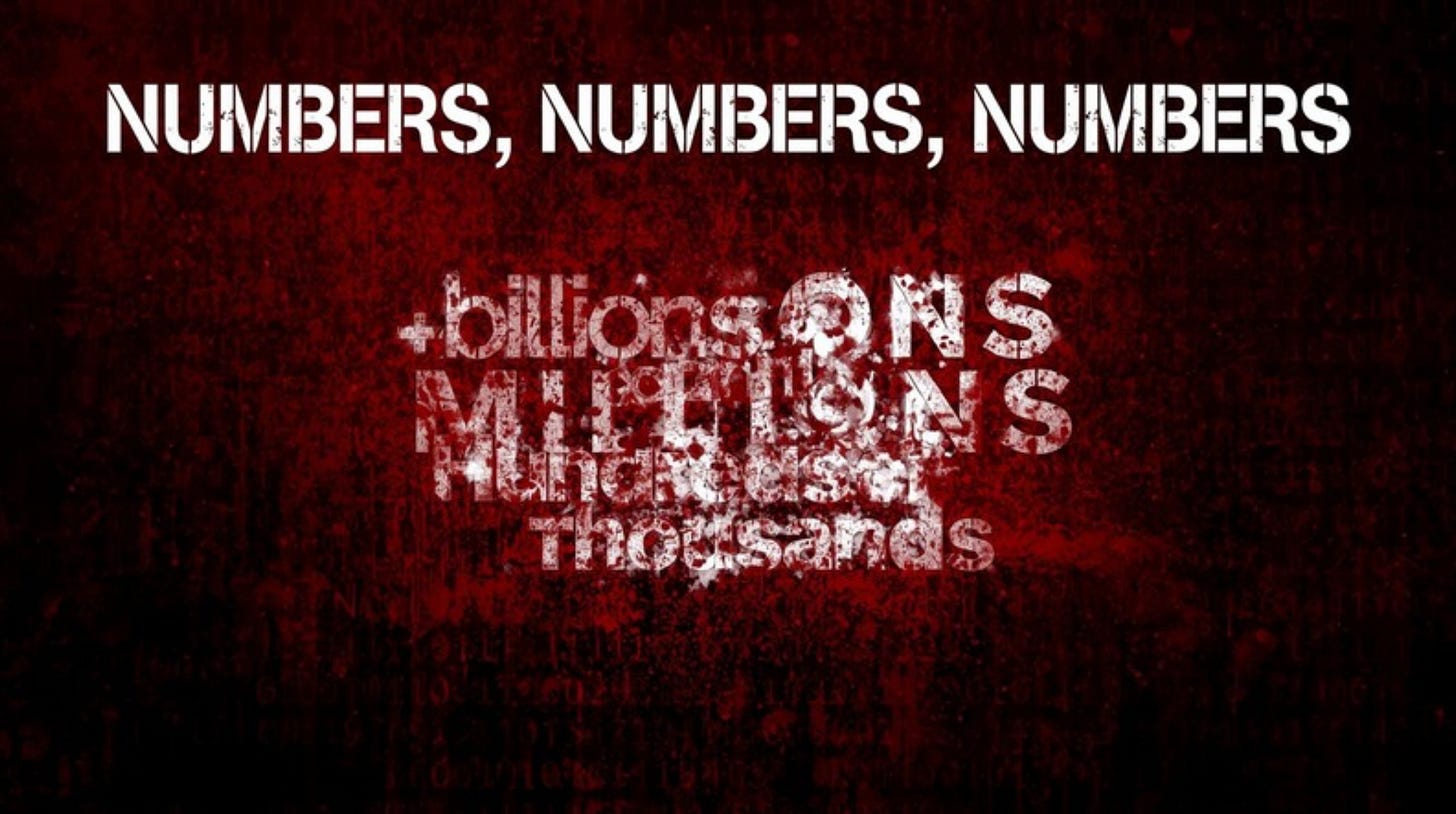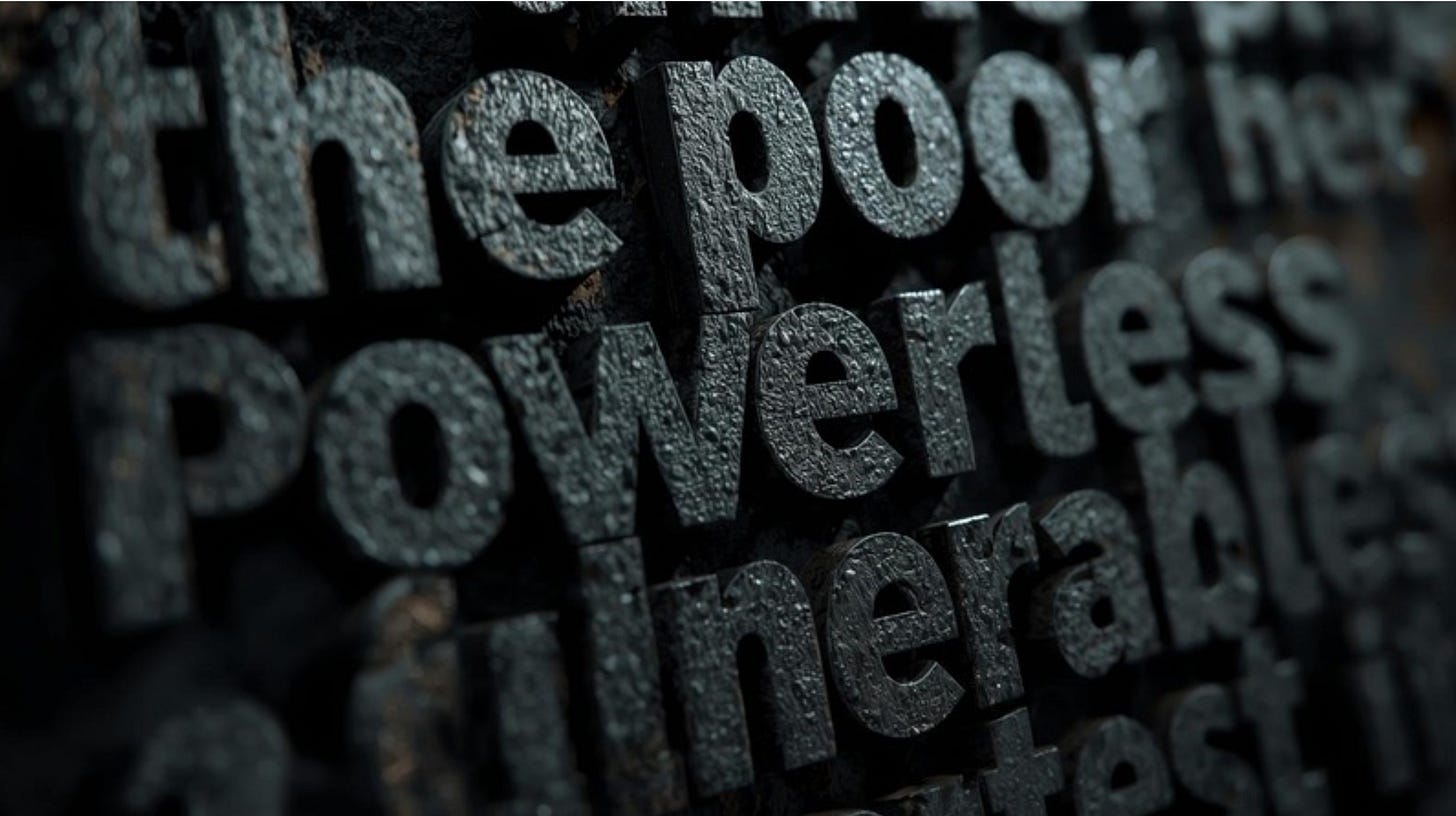Climate Change and Those Who Need Justice: Introduction
Hope & Justice Series Post #2.0
The Who of Justice
The Who of justice involves two basic categories:
those who need justice, to whom justice is due;
those who are accountable for injustice.
This post is the first in a subseries that deals with those who need justice. (Those who are accountable will be discussed in its own upcoming subseries.)
The Three Actions and Five Dimensions of Justice
When we speak of achieving justice, what are we talking about? As I have said in earlier posts, the three actions of justice are to:
stop bad stuff,
set wrong right,
make things better.
This is what we should be doing on all of our Olympian Fields of Action to make justice a reality and our world more beautiful. Strategic Catalytic-4 synergies, essential to making our future come faster, must also move forward the three actions of justice if they are to play their part in achieving our vision, purpose, and Major Goal.
Together these three actions create a virtuous circle where our hope for justice creates justice, which creates more hope, which creates more justice.
As mentioned previously, there are at least five interrelated dimensions of justice at the heart of the Climate Movement that help fuel our passion for action:
generational
distributive
environmental
climate
justice for nature.
For many who fight for social justice, the focus is on the distributive dimension. They understand this to be a just distribution of resources and opportunities. Pollution, environmental degradation, and climate change present us with two additional aspects of distributive justice — the second related to consequences and the third to solutions.
I will discuss these three aspects or components of distributive justice in a forthcoming subseries.
We Will Be Talking Numbers and Categories
But before going any further with this Hope and Justice Series, we need to clarify who is being treated unjustly.
In this The Who of Justice subseries I’m going to be throwing a lot of numbers at you, and I’ll be distinguishing numerous sub-populations. I’m providing the numbers to help you see we’re fighting for lots of folks who deserve justice. I’m highlighting various classifications so we all have a better sense of who needs justice so we can fight for all of them.
We must understand both who and how many we are fighting for.
Big numbers can overwhelm us and tempt us to despair; big injustices can even make us numb — which can lead to denial and inaction if we’re not careful.
That’s why we must take care of ourselves emotionally, spiritually, and physically.
That’s why we need each other.
That’s why each of us together are playing our parts in making the Climate Movement the greatest social change movement in the history of the world.
That’s why we recognize that ours is the great moral cause of our time.
That’s why we must keep before us our vision we are making real through action: overcoming climate change by creating a just and prosperous sustainability that enhances well-being for everyone and everything.
That’s why we remember that when humanity summons itself great things can be achieved.
When we fight for justice on all of our Olympian Fields of Action, when the Catalytic-4 join forces to create justice, we make hope happen, hope that keeps us in the fight as we make the world more beautiful.
Who Is Being Treated Unjustly — Those Who Need Justice
In the climate context, we are focused on the just treatment of:
I. the poor,
II. the powerless and less powerful,
III. the marginalized,
IV. the vulnerable, and
V. children and subsequent generations.
These are distinct but overlapping categories of who are being treated unjustly. Each will be covered in subsequent posts.
One group that can be found in all categories are today’s children — those innocent ones who most fundamentally deserve our protection, who deserve the opportunities for a better life because it is their due, as our Better Future Covenant proclaims.
Drivers of Injustice
But why is justice being denied?
Historically, two important drivers of injustice are racism and classism. They push people into poverty; make them vulnerable; take away their power of self-determination and limit their full participation in and contribution to society; and marginalize them in the process.
When pollution and environmental degradation are combined with prejudice, racism, and classism, so that those with less power, those deemed inferior or undesirable, bear a disproportionate burden, we have environmental injustice. When these groups are forced to live in undesirable, unhealthy, and unsafe places due to climate impacts, or have no place left to go, or when pollution gets concentrated where they live, or environmental degradation diminishes or even destroys a way of life, we have environmental injustice, and the creation of what are now known as frontline communities.
These two drivers — especially race — are now recognized to be so important that they constitute one of the five dimensions of justice, environmental justice, which will be covered more completely in a forthcoming post.
Hope is at the Heart of Justice
Recognizing injustice is challenging. We may want to look away or even deny it instead of facing it. But in facing injustice and working to change it through the three actions of justice — stopping bad stuff, setting wrong right, making things better — we find hope, because a just world, a world that feels right, is what we hope for. Join us!
If you are new here, check out our Intro Series, and our other posts in the Hope and Justice Series. If you like this post, please, “like,” comment, and share.





